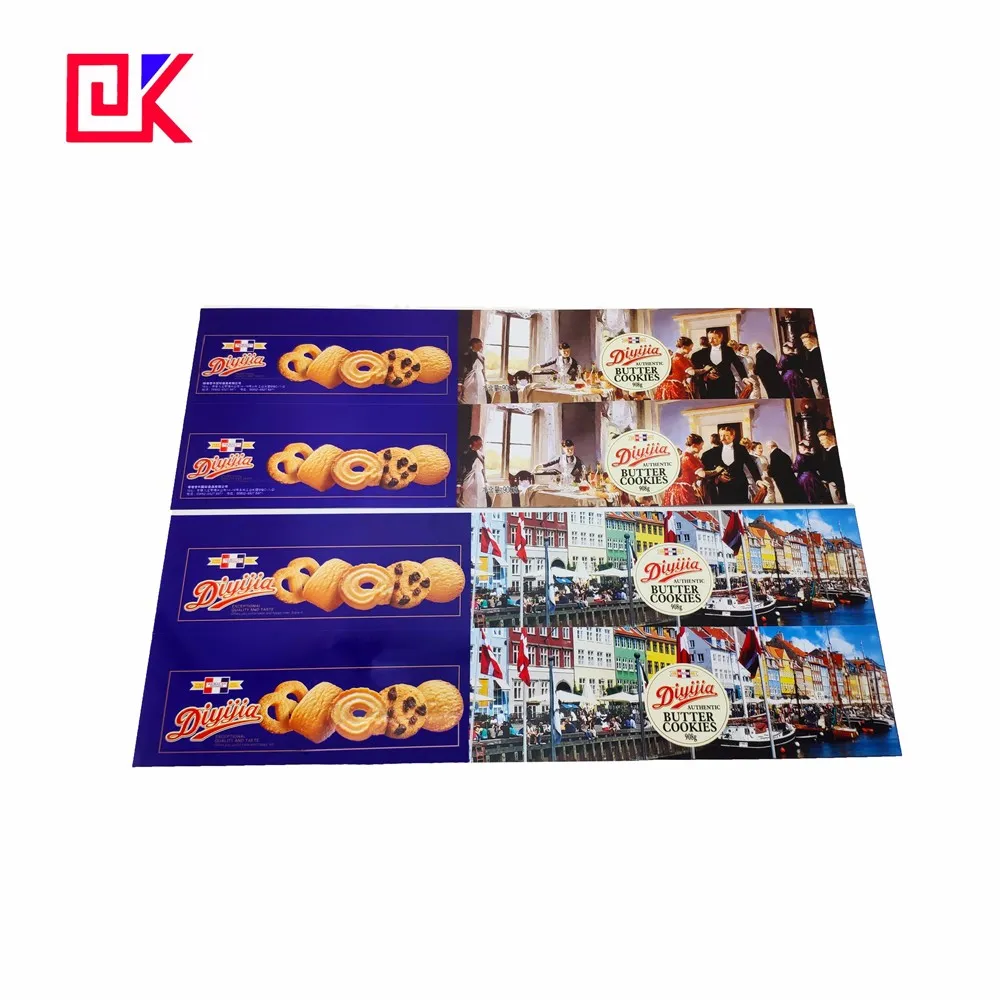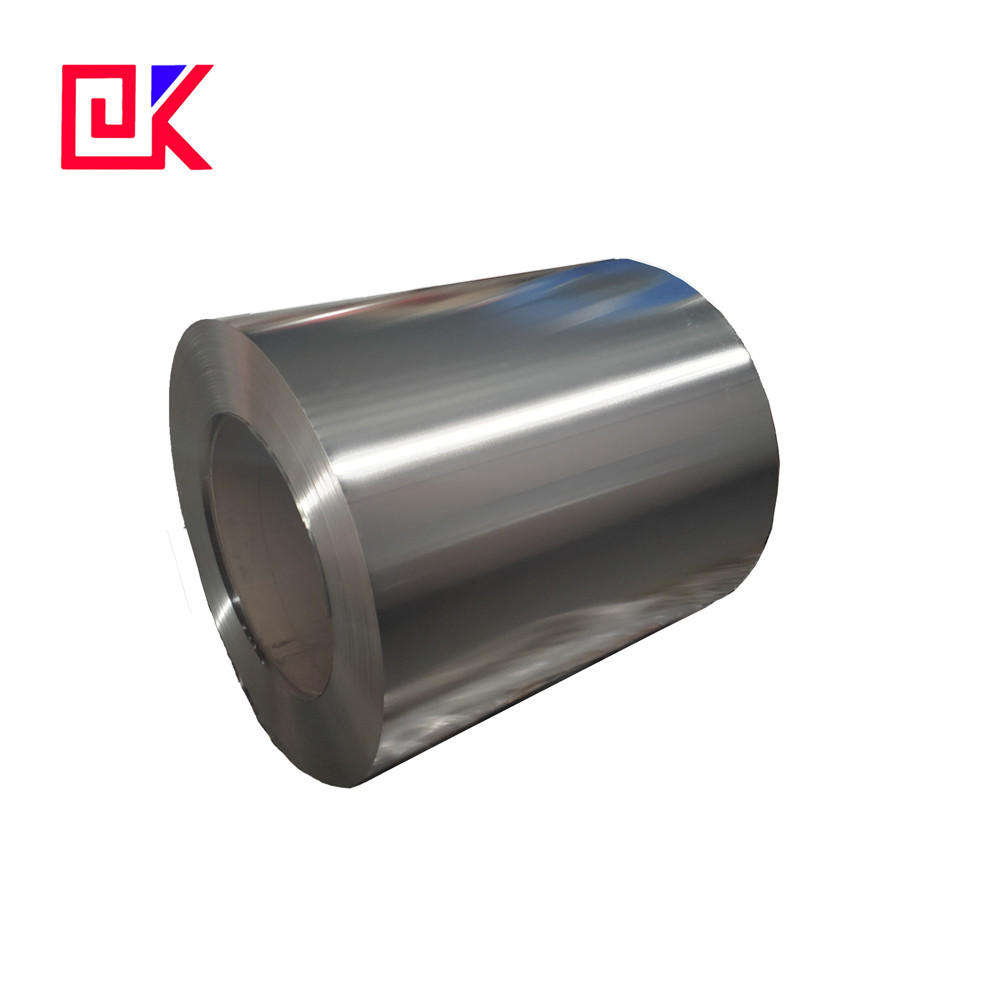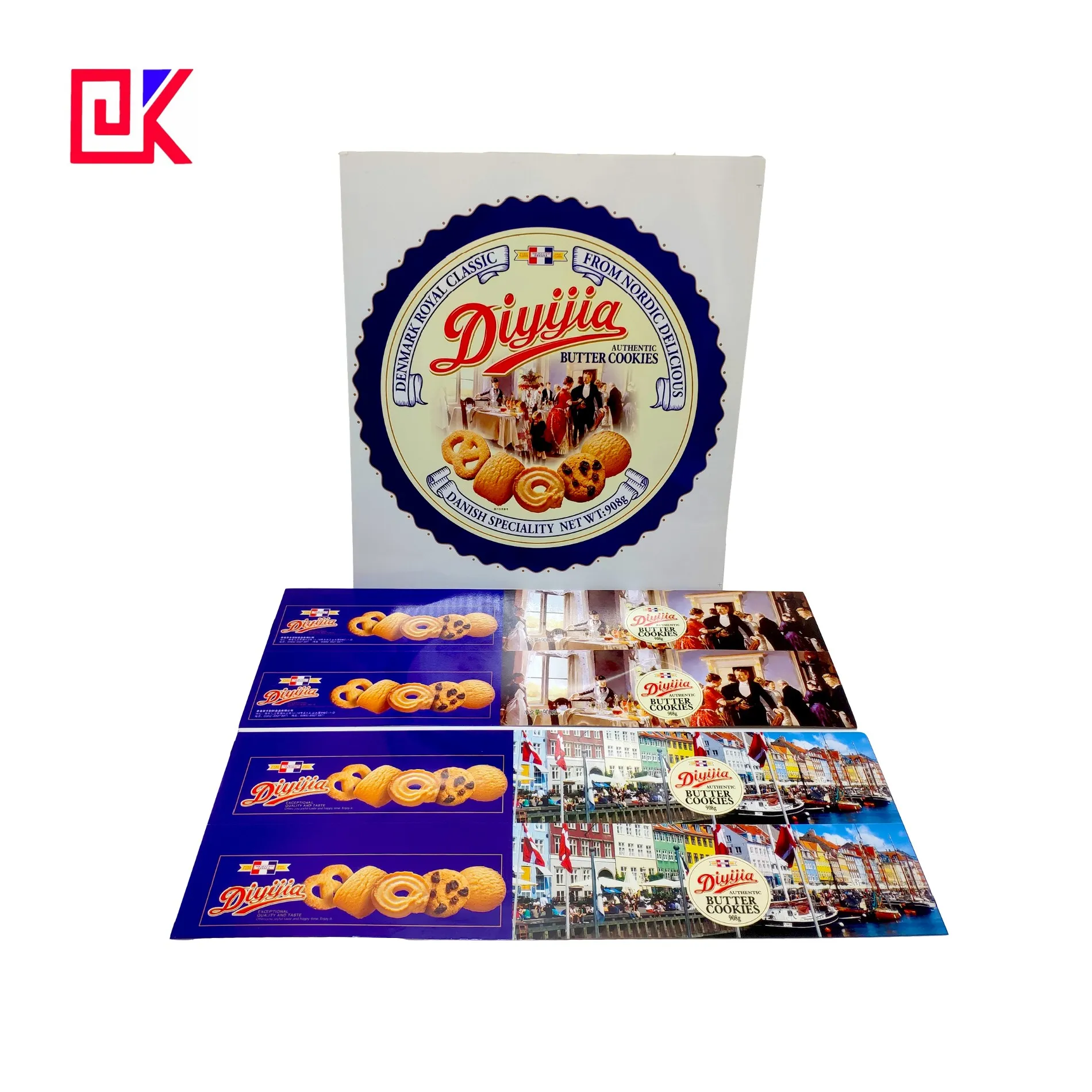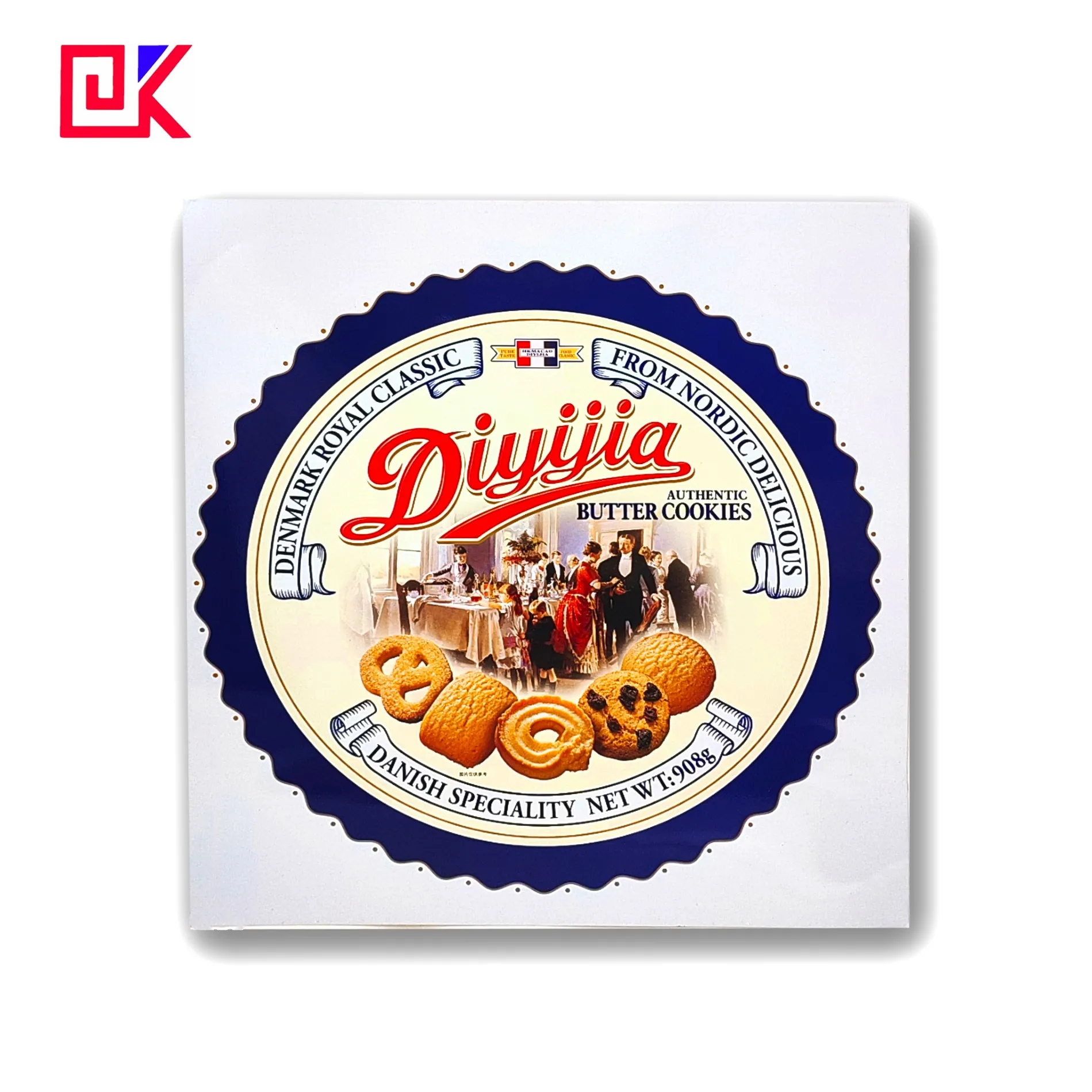The sealing and durability of food packaging cans ensure the safety and freshness of food, and the materials used to make these cans are also crucial. Among many metal materials, tinplate plate is widely used in food packaging cans, while galvanized steel is less used.
Why do food packaging cans prefer tinplate plate instead of galvanized steel? Next, we will answer this question step by step from the aspects of material properties, health and safety, and processing technology.

What are tinplate plate and galvanized steel?
1. What are the basic characteristics of tinplate plate and galvanized steel?
Tinplate plate is formed by plating a very thin layer of tin on the surface of steel, usually with a thickness of several microns to several hundred microns. Tin is a relatively stable metal that can effectively block air and moisture and prevent steel from oxidizing. Tinplate plate has a high gloss, good corrosion resistance and sealing, and can also ensure the flexibility of the material, making it suitable for the manufacture of various packaging.
Galvanized steel is formed by plating a layer of zinc on the surface of the steel plate. As a relatively active metal, zinc has good corrosion resistance and can protect steel from oxidation to a certain extent. Galvanized steel has high hardness and low price, and is mainly used in construction, automobiles and other fields. In contrast, galvanized steel is not as stable as tinplate plate in preventing corrosion.
2. What is the difference between the anti-corrosion principles of tin and zinc?
Both tin and zinc can provide a certain protective layer for steel, but their working principles are different. The nature of tin is relatively stable and has a "barrier" effect. When its coating is uniform and undamaged, it can effectively prevent moisture, oxygen, etc. from entering the substrate and slow down the oxidation rate. Therefore, the tin coating can remain stable for a long time and has a higher safety guarantee for food.
Zinc adopts the "sacrificial anode" anti-corrosion principle. When the zinc coating is damaged, zinc first undergoes an electrochemical reaction to protect the steel substrate from corrosion. However, zinc is more reactive and is easily corroded when exposed to acidic or alkaline environments. Long-term contact with food will bring health risks. This is one of the reasons why tinplate plate is preferred over galvanized steel in food packaging cans.

Why is tinplate plate more suitable for canned food?
1. What are the advantages of tinplate plate in terms of food safety?
The tin-plated layer on the surface of tinplate plate can not only resist the erosion of air and moisture, but also prevent the metal from directly contacting food. Especially in acidic foods (such as canned fruit and canned tomatoes), the protective performance of tinplate plate is particularly important. The chemical stability of tin is much higher than that of zinc, and its coating can effectively prevent the precipitation of metal pollutants, which greatly improves the safety of food packaging. However, galvanized steel will precipitate zinc ions in an acidic environment, which directly affects the health and safety of food.
The zinc layer of galvanized steel is easily corroded by acids, alkalis or salts, and canned food may be affected by changes in temperature and humidity during storage and transportation. Long-term contact may cause zinc to precipitate and mix into food, thereby endangering human health. In contrast, tinplate plate shows higher safety and meets the hygiene standards for food packaging.
2. Why is tinplate plate more anti-corrosive?
The anti-corrosion ability of tinplate plate comes from the barrier effect of the tin layer. The tin layer not only provides physical isolation for steel, but also reduces the occurrence of oxidation reactions, so that food packaging cans maintain their quality during long-term storage. Food cans usually have a long shelf life, and galvanized steel is at a disadvantage in this regard because the zinc coating is more chemically active and easily produces corrosion spots in a humid environment, resulting in poor packaging durability.
In addition, the anti-corrosion ability of tinplate plate can also ensure that the flavor and nutrition of the food in the can are not affected by the external environment. During the production process, the surface of tinplate plate is degreased, pickled, etc., which can enhance the bonding strength between the tin layer and the steel and ensure the stability of the tin layer. The galvanized steel coating is thinner and it is difficult to withstand long-term anti-corrosion requirements, which is one of the reasons why it is not suitable for food can packaging.

Why is the processing performance of tinplate plate superior?
1. What processing techniques are required for the production of food packaging cans?
The production of food packaging cans involves multiple processes such as stamping, folding, and welding. These processing links require the material to have good ductility and formability to adapt to can designs of different shapes and specifications. Tinplate plate has good ductility, and its tin coating is not easy to peel off or damage during processing, which is suitable for large-scale stamping production. The zinc coating of galvanized steel is brittle, and may crack or fall off during stamping or welding, affecting the sealing effect and aesthetics of the can.
2. How does the tin coating of tinplate plate cope with high-temperature sterilization?
The production process of food packaging cans usually requires high-temperature sterilization to ensure the sterility and safety of food. Tinplate plate has good stability at high temperatures, and its tin coating is not easy to fall off, and can remain intact in a high-temperature environment of about 120 degrees Celsius. The zinc coating of galvanized steel is prone to oxidation reaction at high temperatures, which will not only release harmful substances, but also may cause the zinc coating to peel off, affecting the sealing of the packaging and the safety of food.
Why do consumers trust tinplate food packaging cans more?
1. Can tinplate food packaging cans extend the shelf life of food?
Tinplate food packaging cans can effectively extend the shelf life of food. Because its tin layer has excellent isolation properties, it can prevent the entry of oxygen and moisture, thereby inhibiting food oxidation and corruption. During storage, food packaging cans can ensure that the taste and nutritional content of food are not destroyed, meeting people's needs for food safety and quality.
Galvanized steel may have zinc layer damage during a long storage period due to the high chemical activity of the zinc layer, resulting in sealing failure and affecting food quality. Food packaging cans have stronger sealing and stability, so they are more trusted by consumers.
2. Why are food packaging cans more beautiful?
Food packaging cans have a smooth surface, are easy to print and spray, and can achieve high-quality appearance design. In production, manufacturers can print patterns and spray colors on the surface of food packaging cans to enhance the attractiveness of the product. This beautiful and durable packaging design can better meet consumers' needs for visual effects and make it more competitive on supermarket shelves.
In contrast, the surface of galvanized steel is rough, making it difficult to achieve fine printing effects. Even after treatment, it will still affect the clarity and glossiness of the pattern, making it difficult to meet consumers' requirements for packaging aesthetics. This is also one of the important reasons why food packaging manufacturers choose tinplate plate instead of galvanized steel.

Why does tinplate dominate food packaging cans?
1. Is tinplate plate more cost-effective?
Although the raw material cost of tinplate plate is slightly higher than that of galvanized steel, its comprehensive benefits are better in the long run. Food packaging cans can extend the shelf life of food, ensure food safety, and reduce returns or losses caused by packaging problems. For food manufacturers, tinplate plate can reduce production losses and improve product qualification rate, which is a more cost-effective choice.
2. What are the regulatory requirements for food-grade materials?
Tinplate plate meets the safety standards of international food-grade packaging and can effectively protect the health of consumers. The selection of food packaging materials must follow strict safety regulations, especially the parts that directly contact food must ensure harmlessness. Tinplate plate has accumulated a good market reputation in the field of food packaging and is widely used in canned food, beverages, condiments and other packaging. However, galvanized steel is not suitable for packaging that directly contacts food due to the instability of zinc.
Customized Metal Packaging Solutions for Global Markets
Foshan Dekai Metal Packaging Co., Ltd. is a trusted manufacturer providing tailored metal packaging solutions. From aerosol cans to tinplates and printed products, we deliver high-quality, customized options to meet your unique packaging needs. Our factory, located in Foshan, China, is ISO 9001 certified, ensuring top-tier product quality. Get in touch with us for personalized quotes and promotional offers.

